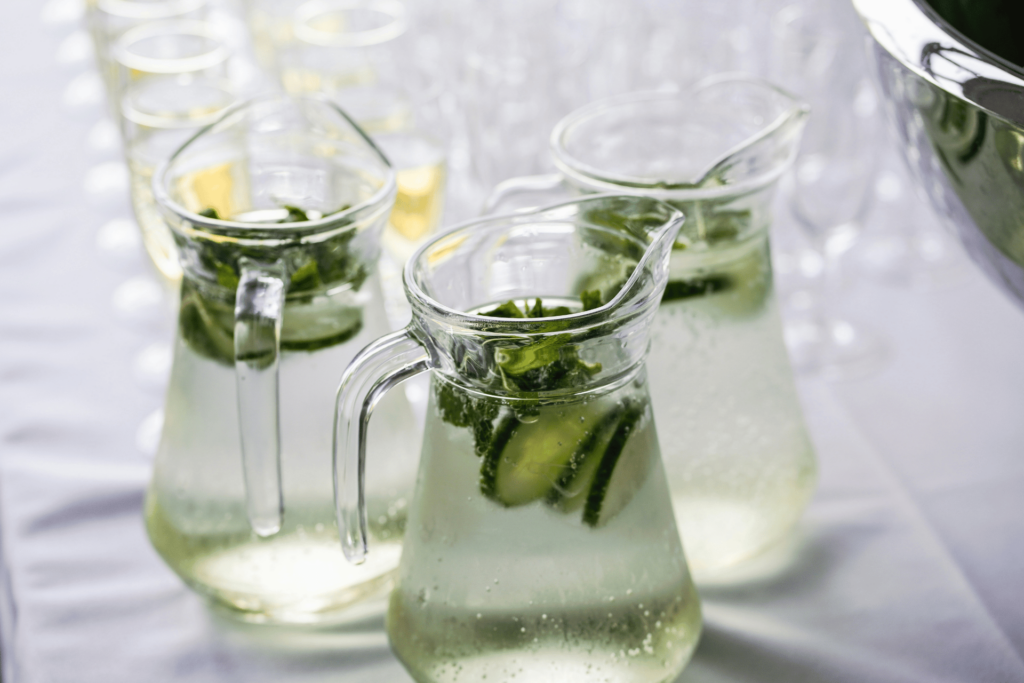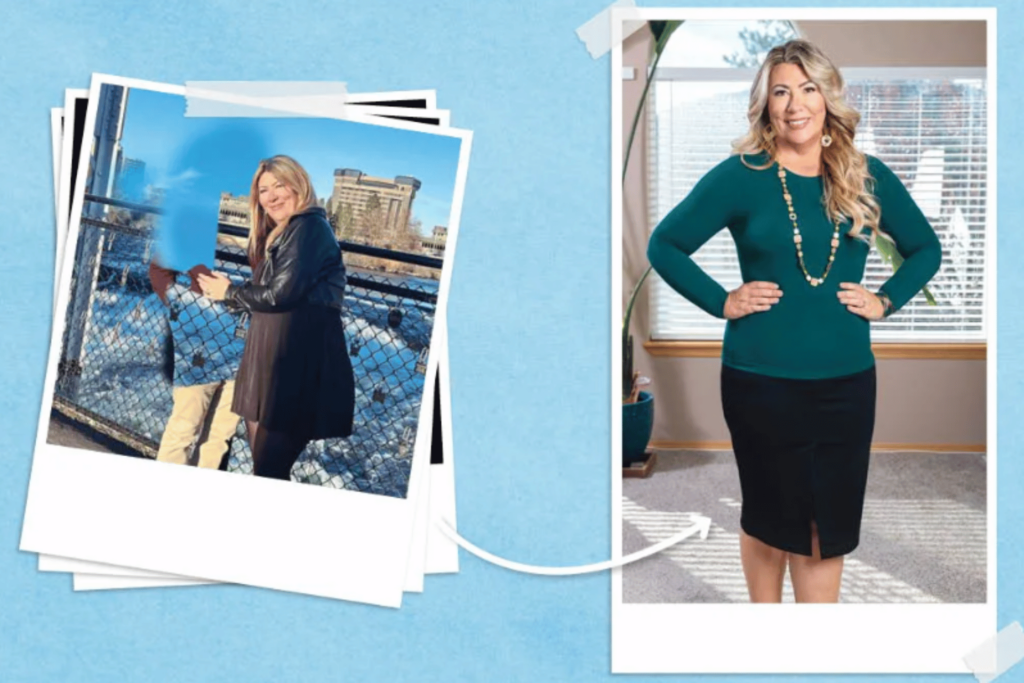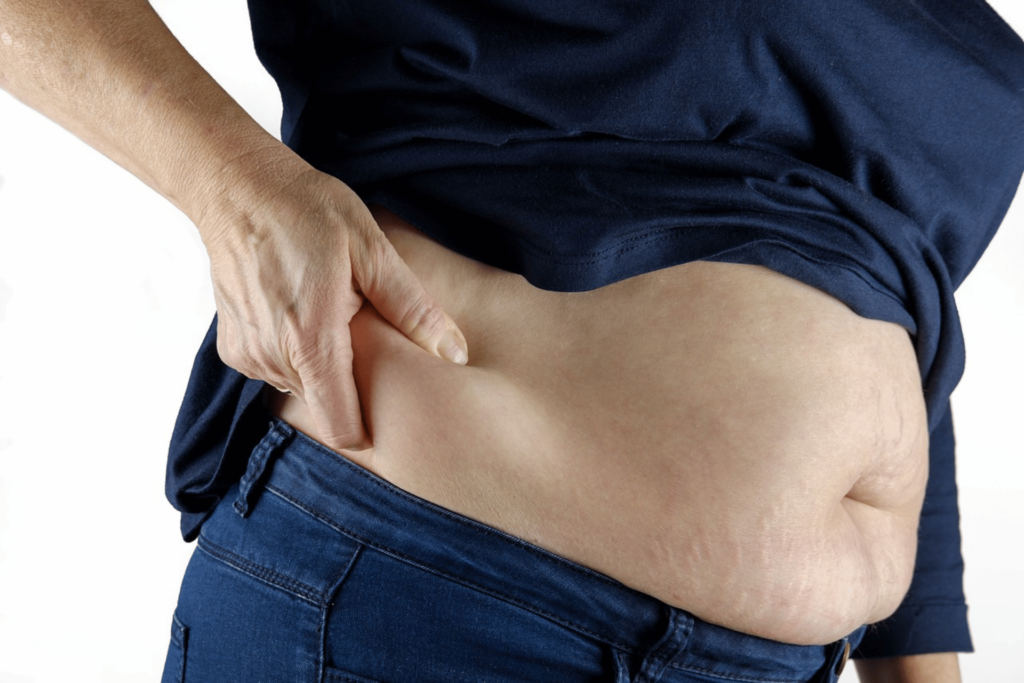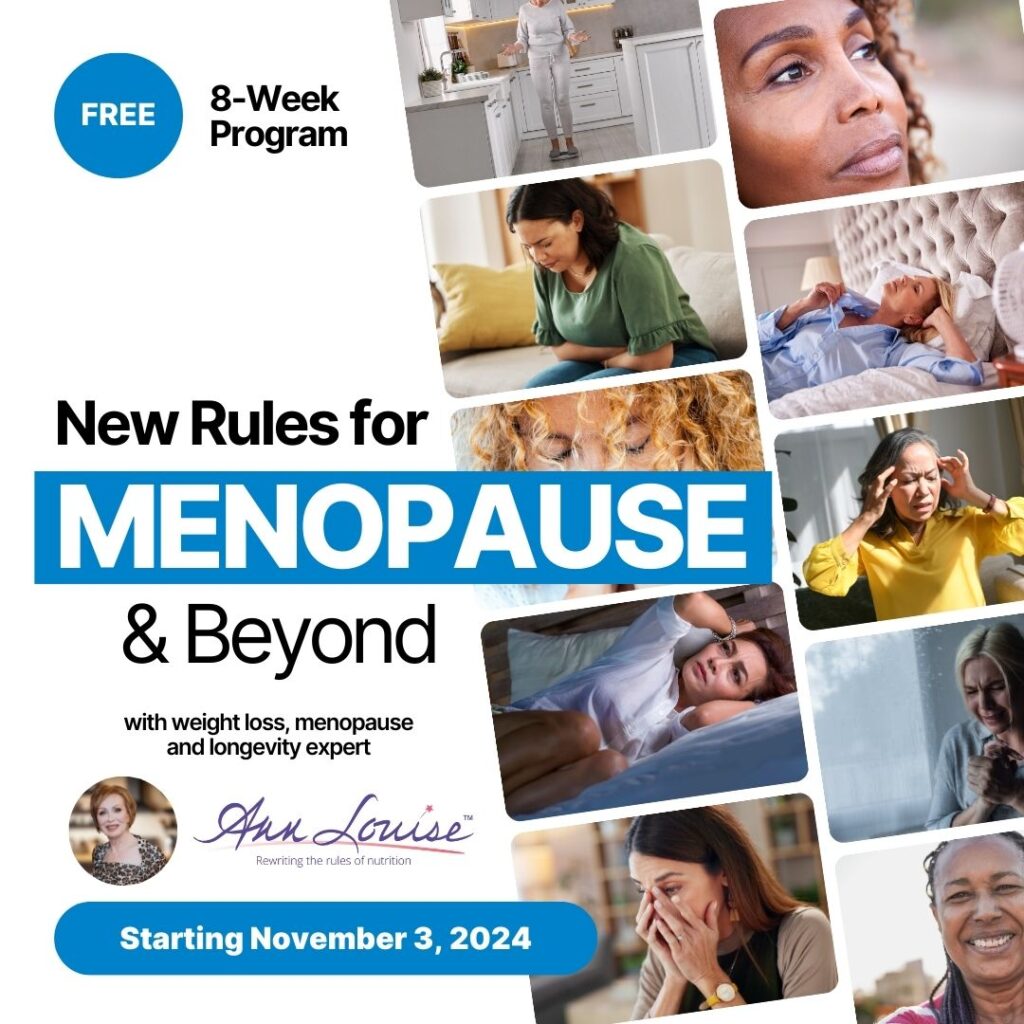 A little rest—and relaxation—may be the missing ingredients.
A little rest—and relaxation—may be the missing ingredients.
We all know the importance of regular exercise. Some people just don’t know when to quit, though. Unfortunately, overtraining can cause muscle soreness, irritability and restlessness, nagging injuries, and a stale feeling about working out.
“Exercise is physical stress on the body,” says Pete McCall, an exercise physiologist with the American Council on Exercise, a nonprofit organization that promotes safe and effective physical activity. That’s why most fitness programs alternate strenuous exercise with easy workouts the next day.
“Skeletal muscle breakdown is a normal occurrence with exercise, followed by muscle repair and physiologic adaptation,” writes researchers at the Primary Care Sports Medicine Program at Michigan State University. But “strenuous, unaccustomed, prolonged, and repetitive exercise, particularly when associated with other risk factors such as hot and humid climate” can lead to injury and possibly exertional rhabdomyolysis, or exercise-related kidney damage.
Even among college athletes at the peak of fitness, 50% of both men and women training four and a half days a week at moderate to high intensity, in addition to leisure activity, report some kind of chronic injury, finds a study in the Journal of Strength Conditioning Research. Not surprisingly, the researchers recommend “rest to help avoid overuse syndrome, overreaching, and overtraining that leads to excessive physical and mental exhaustion and injury.”
Younger kids in competitive sports programs may suffer from poorly trained coaches. Growing youngsters need moderate to vigorous physical activity at least four times a week, and well-designed sports programs can provide exactly that, say fitness experts at the Medical College of Georgia.
What about older athletes? While they need to exert the wisdom that often accompanies an increase in years, “age does not affect exercise intensity progression among women,” shows a new study, comparing 20 somethings with 60 year olds. “Healthy older women are capable of exercising and increasing exercise intensity in the same way as young women,” Brazilian kinesiologists find.
Dr. Ann Louise’s Take:
A little common sense and listening to your body helps prevent overtraining and sports injuries—at any age. That’s why you want to rest, at least briefly, in between reps—and whenever you feel tired.
The most effective strength training routines are short, intense, and efficient. Even if you’re in great shape, your work-to-rest ratio should be at least 1:1 (resting for as long as you lift weights).
To ensure that you don’t overdo it at the gym, alternate fitness routines. Move back and forth between pushing movements (pushups, shoulder presses, or quad extension) and pulling motions (dumbbell rows, hamstring curls, and pullups) to keep your heart rate up while maintaining strength levels.
Also consider alternating upper body with lower body exercises. It’s a terrific way to burn off fat while getting your heart rate up for cardio benefits.
Make Your Workouts Effective
Rebounding is one of the most efficient forms of exercise ever. NASA scientists say rebounding is almost 70% more effective than jogging for burning calories—and the best exercise for building bone density, preventing and possibly reversing osteoporosis.
You don’t need to break into a sweat to feel and see results—tighter abs, improved skin tone, and higher muscle-to-fat ratio, all with less cellulite—right in the privacy of your own home. Research has documented improvements in balance, coordination, energy, and metabolism—while also relieving arthritis pain. Of particular importance during detox, rebounding stimulates lymphatic drainage, so be sure to drink your Cranberry H20 and, if needed, extra water to continue fat flushing.
Invest in a high quality rebounder. I personally like ReboundAir, Al Carter’s line of mini-trampolines, which you can order online at www.reboundair.com. Please let them know I sent you!
You can use rebounding as part of your weekly cardio workouts. Just be sure to warm up first with light, gentle bouncing or marching for at least one minute, and after your workout, cool down gently for another minute.
Variety Spices up Fitness Routines
The autumn fat flush fitness plan, for example, includes 15 minutes of rebounding five days a week. Also walk that much—on a treadmill if you prefer—upping your time for both walking and rebounding by five minutes every month.
Vary this aerobic workout with core exercises for abs and back, three nonconsecutive days each week, for five to ten minutes—after the first month. And be sure to include Yoga Quickies (you’ll find full descriptions and pictures in Fat Flush for Life). The stretching and breathing techniques of yoga help keep you flexible and relaxed while you’re strengthening muscles.
Vary where you workout, as well. Studies show that immersing yourself in the woods or a forested park can promote relaxing physiological changes that enhance immunity while undoing the harmful effects of stress. Taking blood samples of healthy middle-aged executives, Japanese researchers found that natural killer cells and anticancer protein increased about 50% after these stressed-out men walked in a forest. And the positive effects last over a week! Fat Flush for Life includes a “walk in the park” for that very reason.
One benefit of a woods walk, researchers believe, is exposure to protective essential oils from plants. You can bring these healing oils right into your home by scheduling three aromatherapy baths a week. Cypress and juniper oils are two forest scents that strengthen connective tissue, help reduce the appearance of cellulite, and support healthy detox.
No matter how much you exercise, no matter where you work out or what routine you follow, the key to effectiveness is regularity—and a little rest. As long as you incorporate movement into your life, you’ll help keep lymph fluid moving, muscles toned, and joints flexible. Enjoy this lifelong activity!
Sources:
Fat Flush for Life
The Fat Flush Fitness Plan
https://www.ncbi.nlm.nih.gov/pubmed/20690869
https://www.ncbi.nlm.nih.gov/pubmed/20689450
https://www.ncbi.nlm.nih.gov/pubmed/20463500
https://www.ncbi.nlm.nih.gov/pubmed/20457737
https://www.ncbi.nlm.nih.gov/pubmed/20145559
https://www.ncbi.nlm.nih.gov/pubmed/20048490
https://www.ncbi.nlm.nih.gov/pubmed/17924429
www.time-to-run.com/training/articles/recovery.htm
www.washingtonpost.com/wp-dyn/content/article/2010/07/27/AR2010072703169.html











